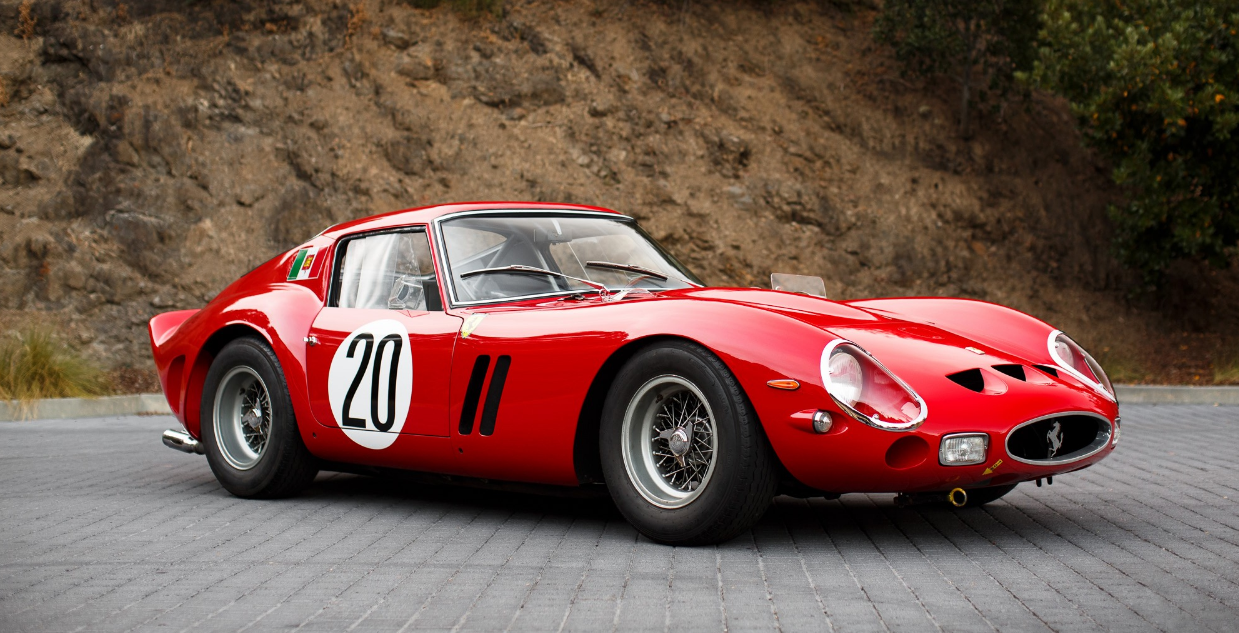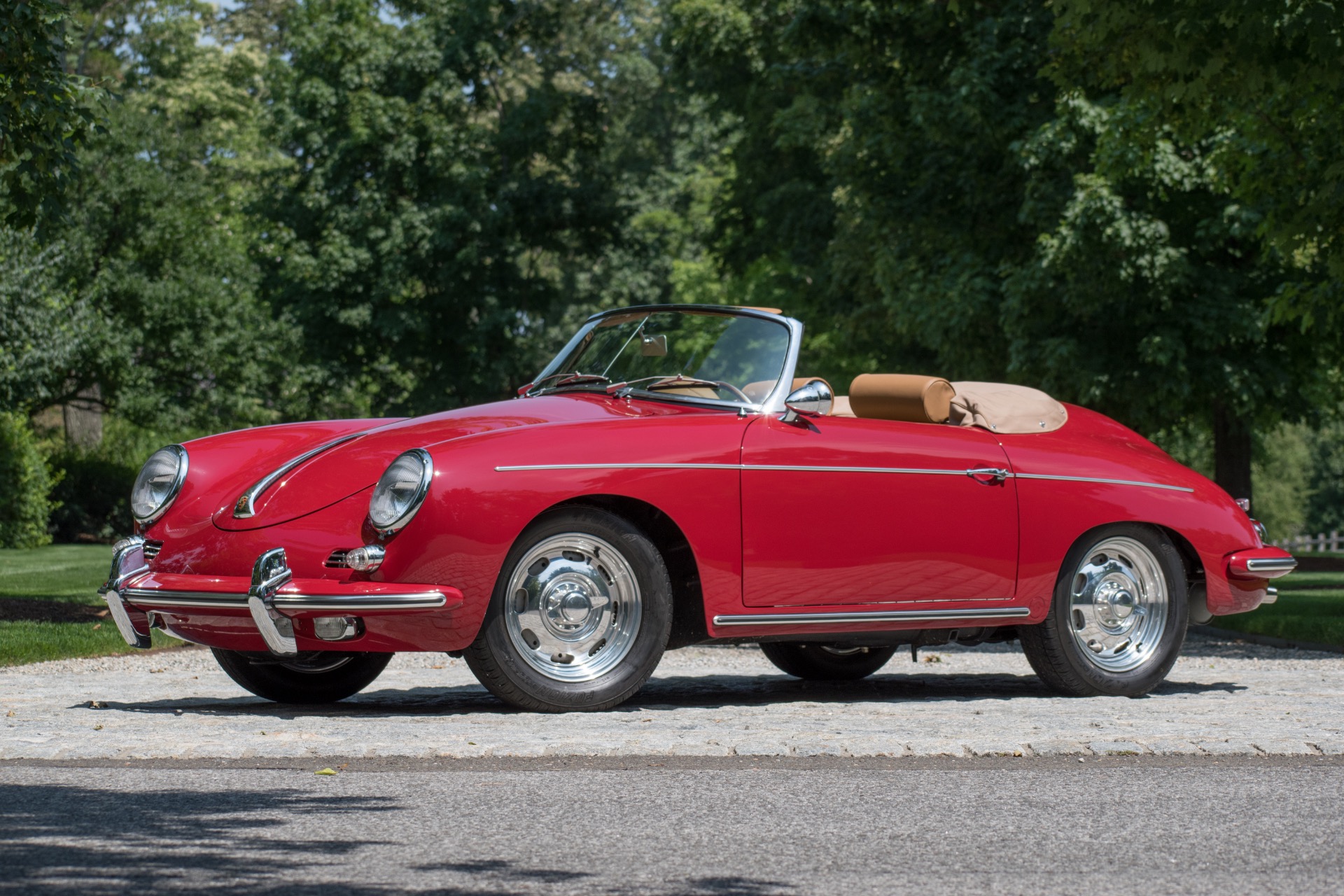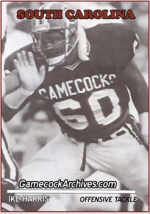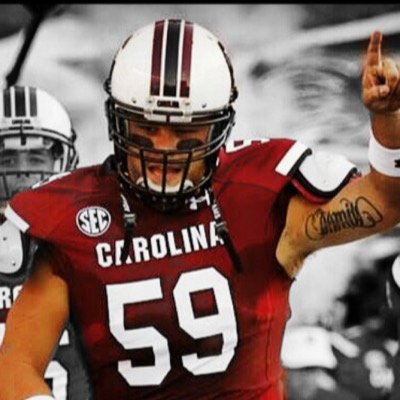Gamecock Fanatics
You are using an out of date browser. It may not display this or other websites correctly.
You should upgrade or use an alternative browser.
You should upgrade or use an alternative browser.
Countdown to Kickoff
- Thread starter Swayin
- Start date
Stephen Garcia 60-yard TD pass.
1960 Ferrari 250 GTO.


1960 Porsche 356 Cabriolet.


Homebrewcock
GCF Top Poster
Homebrewcock
GCF Top Poster
Homebrewcock
GCF Top Poster
The lower numbers are going to give us some good stuff.
USS Paul Hamilton, DDG-60.
_departs_from_her_homeport_of_Pearl_Harbor,_as_part_of_USS_Ronald_Reagan's_Strike_Group_(CSG).jpg/1280px-thumbnail.jpg)
_departs_from_her_homeport_of_Pearl_Harbor,_as_part_of_USS_Ronald_Reagan's_Strike_Group_(CSG).jpg/1280px-thumbnail.jpg)
https://en.wikipedia.org/wiki/USS_Paul_Hamilton_(DDG-60)USS Paul Hamilton (DDG-60) is an Arleigh Burke-class destroyer in the United States Navy currently in service. The ship is named after Paul Hamilton, the third United States Secretary of the Navy.
USS Liddle, APD-60. Formerly DE-206.
_underway_off_New_York_on_3_May_1944_(NH_85671).jpg/1280px-USS_Liddle_(DE-206)_underway_off_New_York_on_3_May_1944_(NH_85671).jpg)
_underway_off_New_York_on_3_May_1944_(NH_85671).jpg/1280px-USS_Liddle_(DE-206)_underway_off_New_York_on_3_May_1944_(NH_85671).jpg)
https://en.wikipedia.org/wiki/USS_Liddle_(DE-206)Liddle was named in honor of Pharmacist's Mate Third Class William P. Liddle (1919–1942), who was killed in action, while serving with the 1st Marine Division, during the Battle of Guadalcanal on 19 August 1942. He was posthumously awarded the Silver Star.
USS Guadalcanal, CVE-60. Part of one of the more successful ASW Hunter-Killer groups in the Atlantic during WWII.
_on_4_June_1944_(80-G-49170).jpg/1280px-Captured_German_submarine_U-505_lies_near_USS_Guadalcanal_(CVE-60)_on_4_June_1944_(80-G-49170).jpg)
.jpg/1280px-A_U.S._Navy_boarding_party_working_to_secure_a_tow_line_to_the_bow_of_the_captured_German_submarine_U-505,_4_June_1944_(80-G-49172).jpg)
https://en.wikipedia.org/wiki/USS_Guadalcanal_(CVE-60)
_on_4_June_1944_(80-G-49170).jpg/1280px-Captured_German_submarine_U-505_lies_near_USS_Guadalcanal_(CVE-60)_on_4_June_1944_(80-G-49170).jpg)
First "Hunter-killer" cruise
World War II submarines had to run surfaced most of the time, and could not stay submerged for more than about 72 hours before having to surface to recharge batteries. But by 1944, U-boats dared not surface in daylight, because they would be spotted by patrolling aircraft. Patrols from escort carriers covered even the middle of the Atlantic. Surfacing at night was safer, because night flight operations from escort carriers were considered too dangerous. The best the escort carriers could do was substitute extra fuel tanks for depth charges on a Grumman TBF Avenger, so the plane could take off at sunset, fly around all night, and land at dawn. The U-boats would not know the plane was unarmed, and would not risk staying surfaced.
Gallery decided that Guadalcanal would try night operations. When Ultra intelligence revealed a planned U-boat refueling rendezvous 500 miles west of the Azores just before sunset on 16 January 1944, Guadalcanal stayed clear of the area until launching eight Avengers just before sunset to comb the rendezvous area. The Avengers found two U-boats engaged in refueling with another standing by, and dived out of the clouds to drop depth charges. All three submarines disappeared; but 32 survivors of U-544 were floating in a pool of oil. In their excitement to see the effects of their first successful attack, the Avenger pilots stayed aloft so long they returned to the carrier after sunset.
Second "Hunter-killer" cruise
Departing again with her escorts on 7 March, Guadalcanal sailed with newly assigned air group VC-58 to Casablanca and got underway from that port on 30 March with a convoy bound for the United States. After three weeks of daylight flights finding no U-boats, Guadalcanal attempted night flight operations under the full moon of 8 April 1944. Four fully armed Avengers were launched just before sunset with recovery scheduled for 22:30. One of the Avengers found U-515 recharging batteries on the surface northwest of Madeira, and forced the U-boat to submerge by dropping a stick of depth charges with U-515 silhouetted in a down-moon approach. Guadalcanal kept four Avengers aloft at all times through the night, and when U-515 attempted to surface to recharge batteries, she was repeatedly forced to submerge. Each sighting gave another fix on U-515's position; and Chatelain, Flaherty, Pillsbury, and Pope detected the U-boat with sonar at 07:00. The ships made coordinated attacks until U-515 was forced to the surface with depleted batteries and foul air at 14:00, and Kapitaenleutenant Werner Henke scuttled his ship.
Guadalcanal Avengers had detected a second U-boat about sixty miles away while holding down U-515; so they maintained patrols through the night of 9 April. U-68 was discovered at daybreak on 10 April recharging batteries on the surface 300 miles south of the Azores. Three Avengers attacked out of the dark western sky with depth charges and rocket fire. U-68 sank, leaving three lookouts swimming in the wreckage, but only Hans Kastrup survived to be rescued when destroyers arrived an hour later.
With the confidence gained through sinking two U-boats in the first two nights of flight operations, Guadalcanal continued night flight operations as the moon waned, and aircrew were well trained when the task group arrived safely at Norfolk on 26 April 1944. Guadalcanal's success encouraged other carriers to practice night operations.
Capture of U-505
After voyage repairs at Norfolk, Guadalcanal and her escorts departed Hampton Roads for sea again on 15 May 1944. Two weeks of cruising brought no contacts, and Gallery decided to head the Task Group for the coast of Africa to refuel. However, on 4 June 1944, ten minutes after reversing course 150 miles West of Cape Blanco in French West Africa, Chatelain detected U-505 as it was returning to its base after an 80-day patrol in the Gulf of Guinea. The destroyer loosed one depth charge attack; then made a second, more accurate drop, guided in by circling aircraft from Guadalcanal. This pattern blew relief valves all over the U-boat, cracked pipes in her engine room, and rolled her on her beam ends. Shouts of panic from the engine room led Oberleutnant Harald Lange, making his first patrol as her captain, to believe his boat was mortally wounded. To save his crew, he blew his tanks and surfaced, coming up barely 700 yards from Chatelain. The destroyer fired a torpedo, which missed, and the surfaced submarine then came under the combined fire of the escorts and aircraft as her crew abandoned ship.
Captain Gallery had been waiting and planning for such an opportunity, and had trained and equipped boarding parties. He ordered Pillsbury to send a boat with a boarding party to the U-boat. Under the command of Lieutenant, junior grade Albert David, the party leaped onto the slowly circling submarine and found her abandoned. Lt. David and his men quickly seized all important papers, code books, and the boat's Enigma machine while closing valves and stopping leaks. As Pillsbury attempted to get a tow-line on her the party managed to stop her engines. A larger salvage party from Guadalcanal arrived, led by Commander Earl Trosino, Guadalcanal's Chief Engineer, and prepared U-505 for towing. After securing the tow-line and picking up the German survivors from the sea, Guadalcanal started for Bermuda with her priceless prize in tow. The fleet tug USS Abnaki rendezvoused with the task group and took over towing duties. The group arrived in Bermuda on 19 June after a 2,500-mile tow. Trosino, a chief engineer in the civilian Merchant Marine before the war, had figured out the U-boat's engines, and wanted to bring her into port under her own power. Gallery refused permission; he later apologized to Trosino for doubting his skill.
U-505 was the first enemy warship captured on the high seas by the U.S. Navy since 1815.
.jpg/1280px-A_U.S._Navy_boarding_party_working_to_secure_a_tow_line_to_the_bow_of_the_captured_German_submarine_U-505,_4_June_1944_(80-G-49172).jpg)
https://en.wikipedia.org/wiki/USS_Guadalcanal_(CVE-60)
Last edited by a moderator:
Homebrewcock
GCF Top Poster
USS Mission Bay, CVE-59.
_underway_on_10_August_1944_(NH_106582).jpg/1280px-USS_Mission_Bay_(CVE-59)_underway_on_10_August_1944_(NH_106582).jpg)
_underway_on_10_August_1944_(NH_106582).jpg/1280px-USS_Mission_Bay_(CVE-59)_underway_on_10_August_1944_(NH_106582).jpg)
https://en.wikipedia.org/wiki/USS_Mission_BayShe was named after Mission Bay, located northwest of San Diego. Launched in May 1943, and commissioned in September, she served as a transport carrier, ferrying aircraft to bases in Europe, Africa, and Asia. She also participated in the Battle of the Atlantic, protecting convoys and conducting antisubmarine patrols. Notably, she escorted President Roosevelt on-board the cruiser Quincy as he returned from the Yalta Conference.






_underway_in_the_Adriatic_Sea_on_29_July_1992_(6480624).jpg/1280px-USS_Saratoga_(CV-60)_underway_in_the_Adriatic_Sea_on_29_July_1992_(6480624).jpg)
_CTF-58.jpg/1280px-USS_Normandy_(CG-60)_CTF-58.jpg)
_at_sea_on_12_December_1944_(80-G-301357).jpg/1280px-USS_Santa_Fe_(CL-60)_at_sea_on_12_December_1944_(80-G-301357).jpg)


_underway_at_sea_on_31_May_1962_(KN-4507).jpg/1280px-USS_Forrestal_(CVA-59)_underway_at_sea_on_31_May_1962_(KN-4507).jpg)
_cropped.jpg)